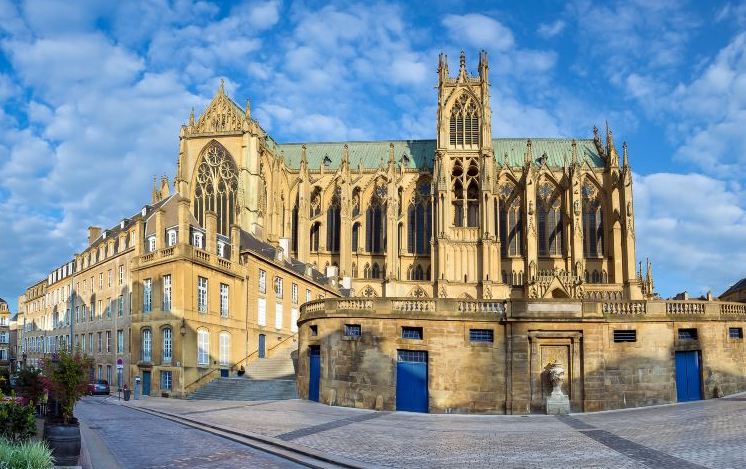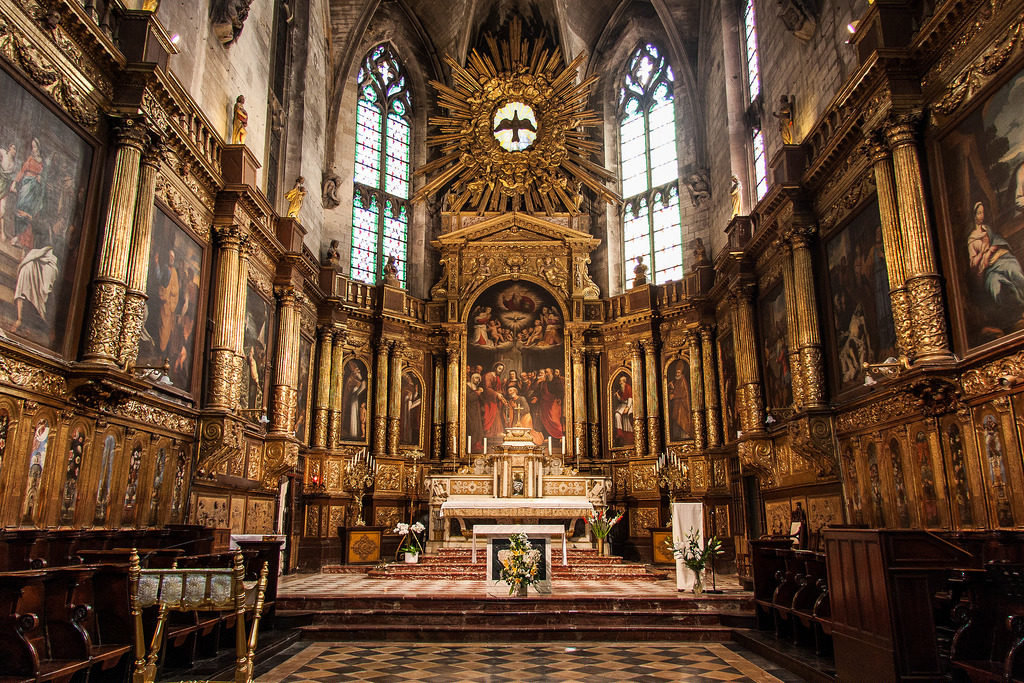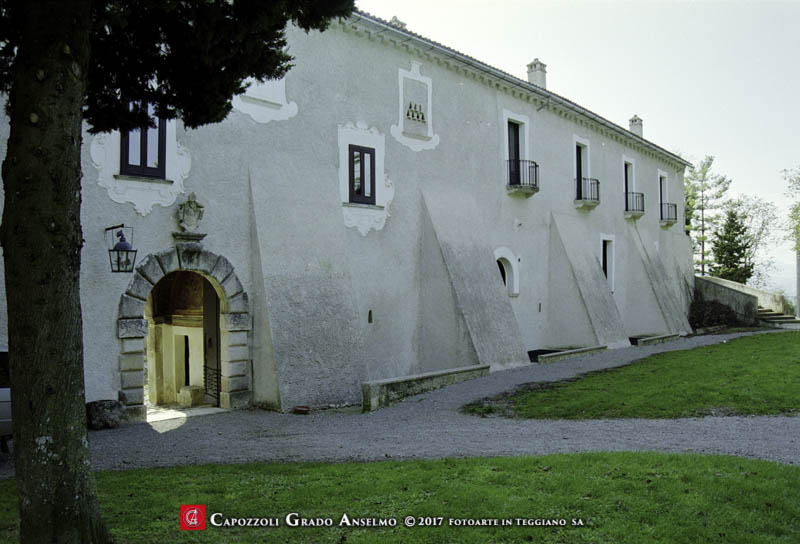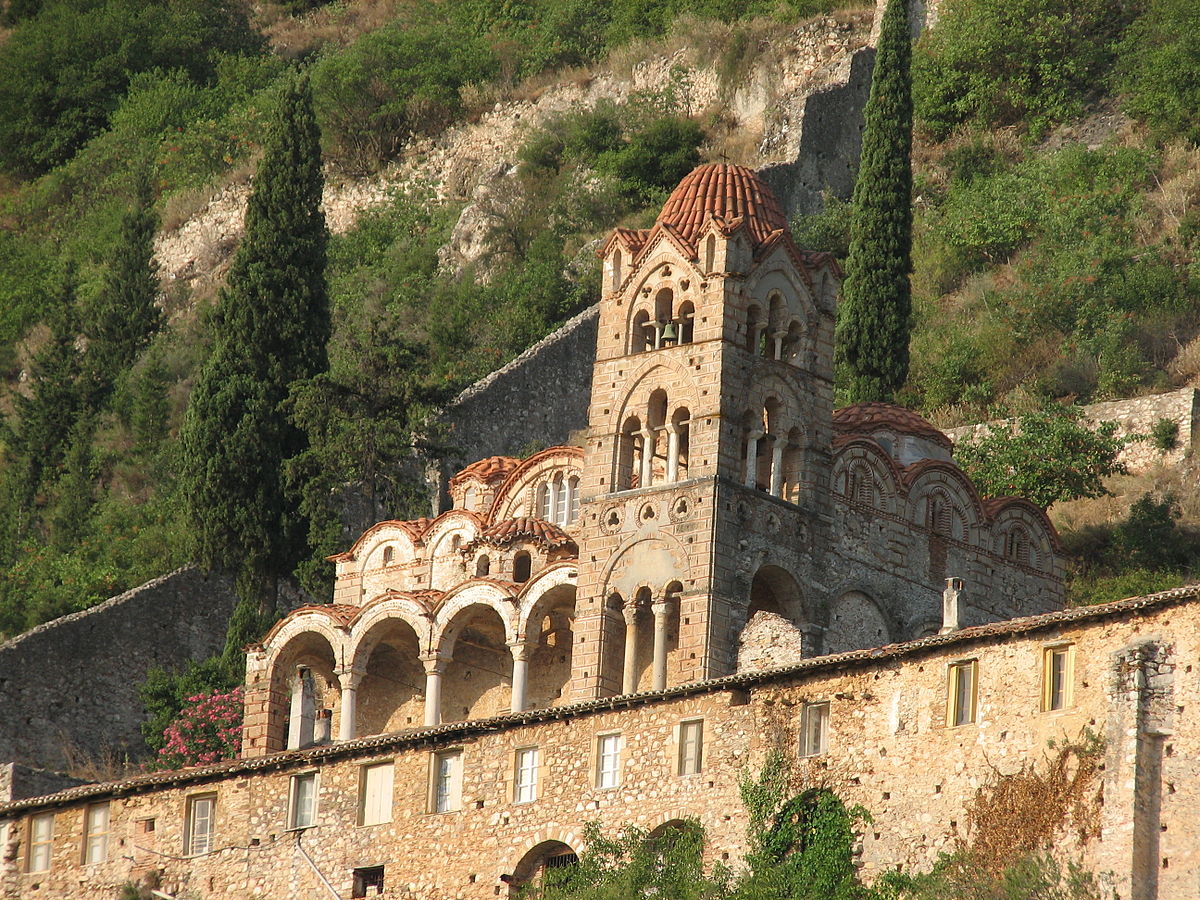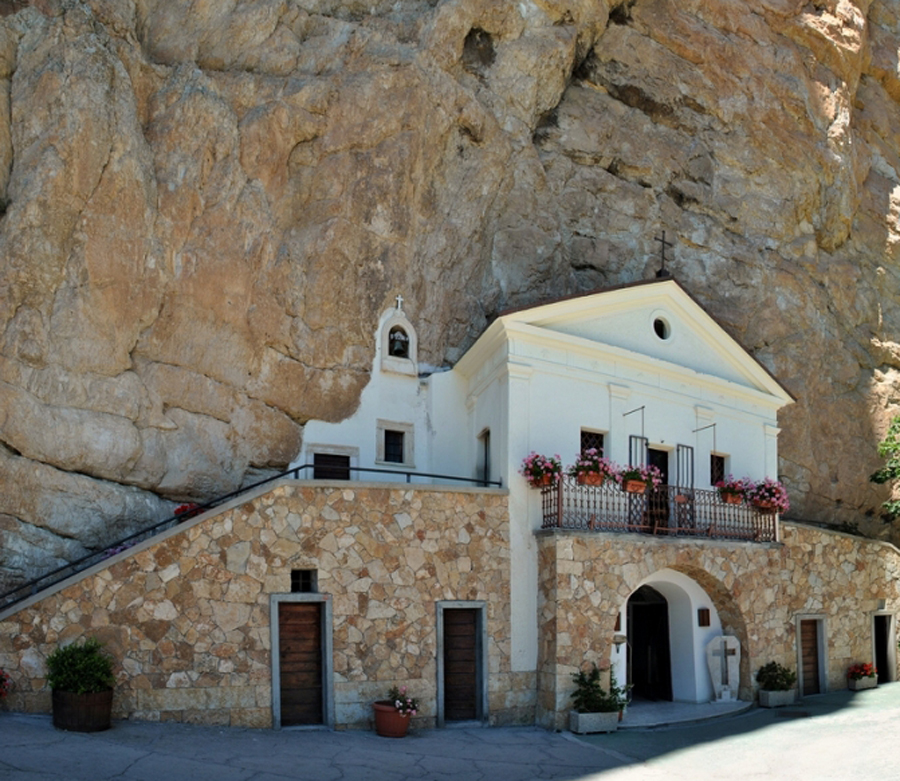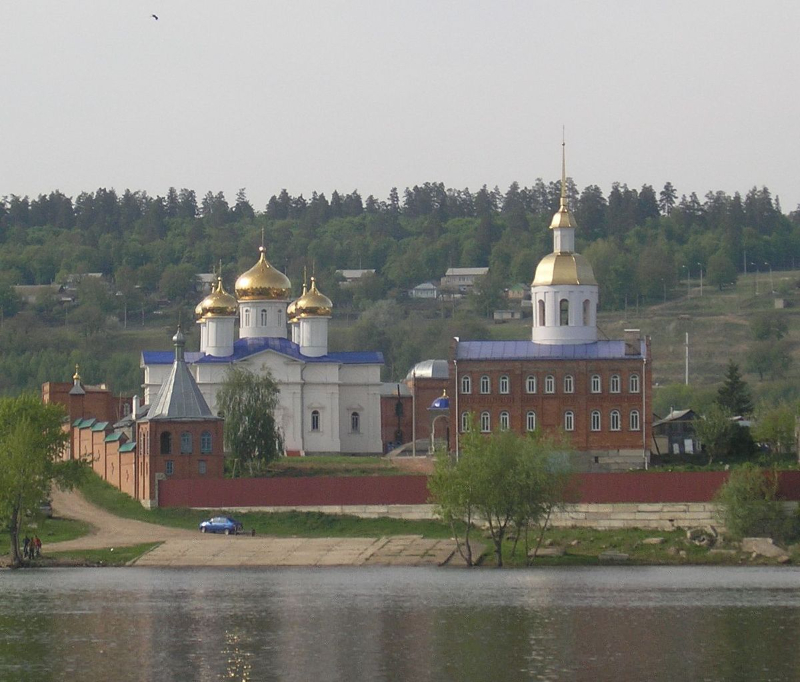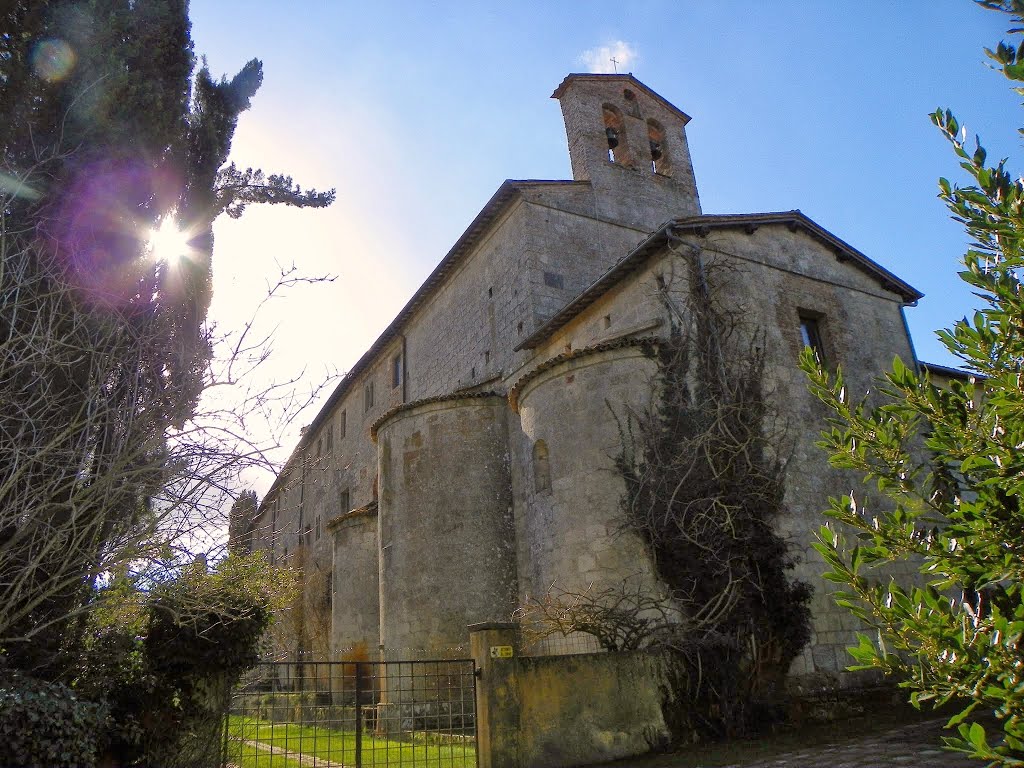Saint Stephen’s Cathedral (in French Cathédrale Saint-Étienne) is the main church of Metz, France. It is the seat of the bishop of the ancient Diocese of Metz.
It is one of the most beautiful and majestic works of French Gothic architecture. Impressive in size, its vaults with a height of 41.41 meters are after the cathedrals of Beauvais (almost 49 meters high) and Amiens (42.30 meters) the highest in France and among the largest in the world.
It is impressive for its stained glass windows, which cover a surface of 6,500 square meters, representing the largest Gothic windows in Europe. These spectacular stained glass windows have also earned it the nickname Lantern of the Good Lord (Lanterne du Bon Dieu). Since 16 February 1930, the church has been classified by the French government as a national monument and therefore included in the list of Historical Monuments of France.
The impact with the Cathedral certainly leaves the visitor stunned. The Cathedral, dedicated to Saint Stephen, is 136 meters long and 46 meters high. The tower above it, known as the Torre delle Mutte, reaches a height of 90 meters. It was built in 1220 when the local bishop decided to replace a pre-existing Roman building with the present Gothic church. The works went slowly because in order to realize such an imposing structure it was necessary to join two nearby buildings. The cathedral was inaugurated in 1522.
In 1762, important changes were made to the exterior where neoclassical elements were added, according to the tastes of the time, including the arches on the southern side which were later demolished. In more recent times, the neo-Gothic portal of the west façade and the roof, destroyed by a fire in 1877, were made.
The interior is really beautiful thanks to the beautiful stained glass windows. The oldest ones date back to the 13th century and represent scenes from the life of St. Paul and are located near the south transept, near the organ. The other stained-glass windows were made over the centuries. The most recent date back to 1970 and are those relating to the three-mullioned windows in the north transept.
